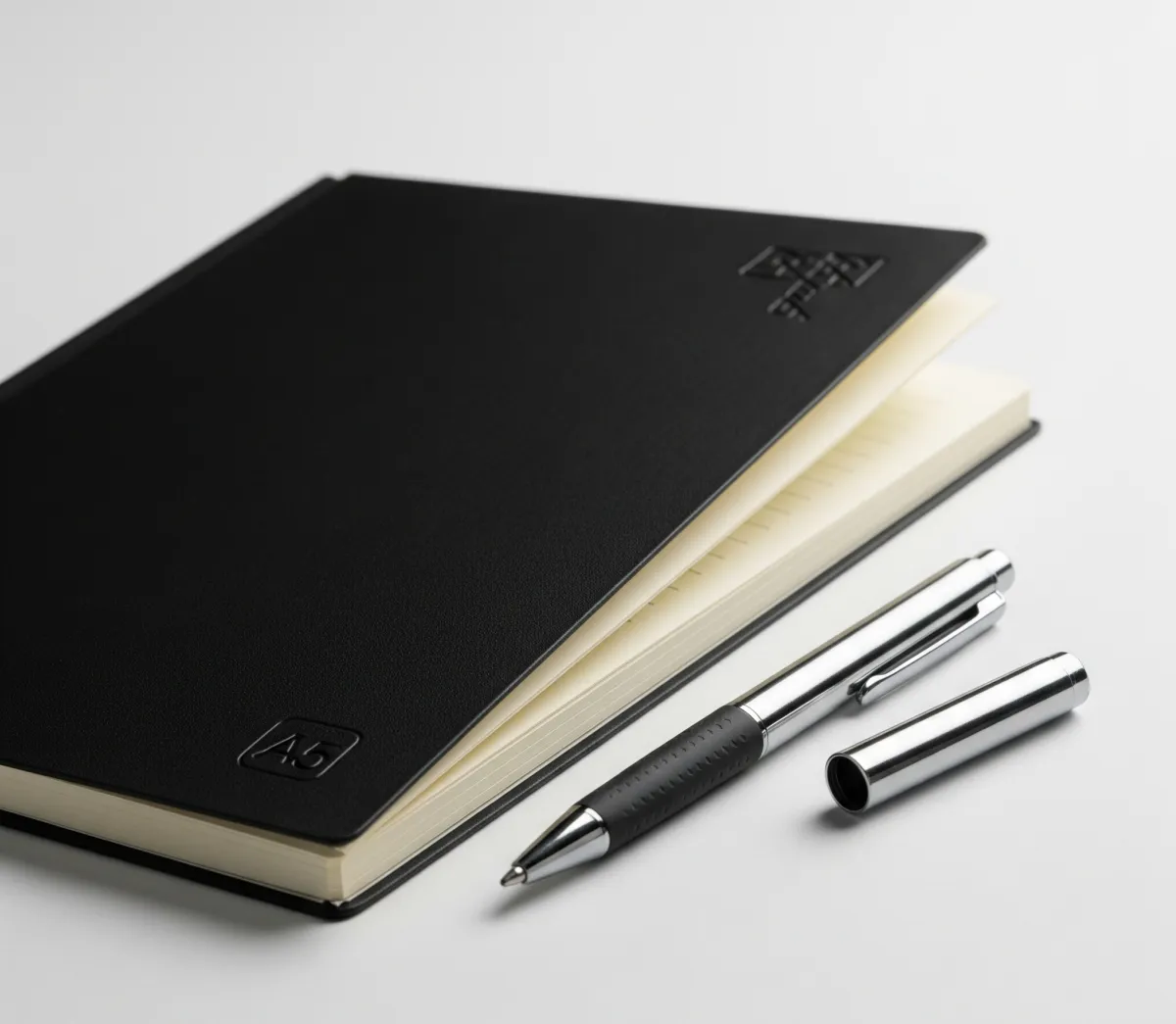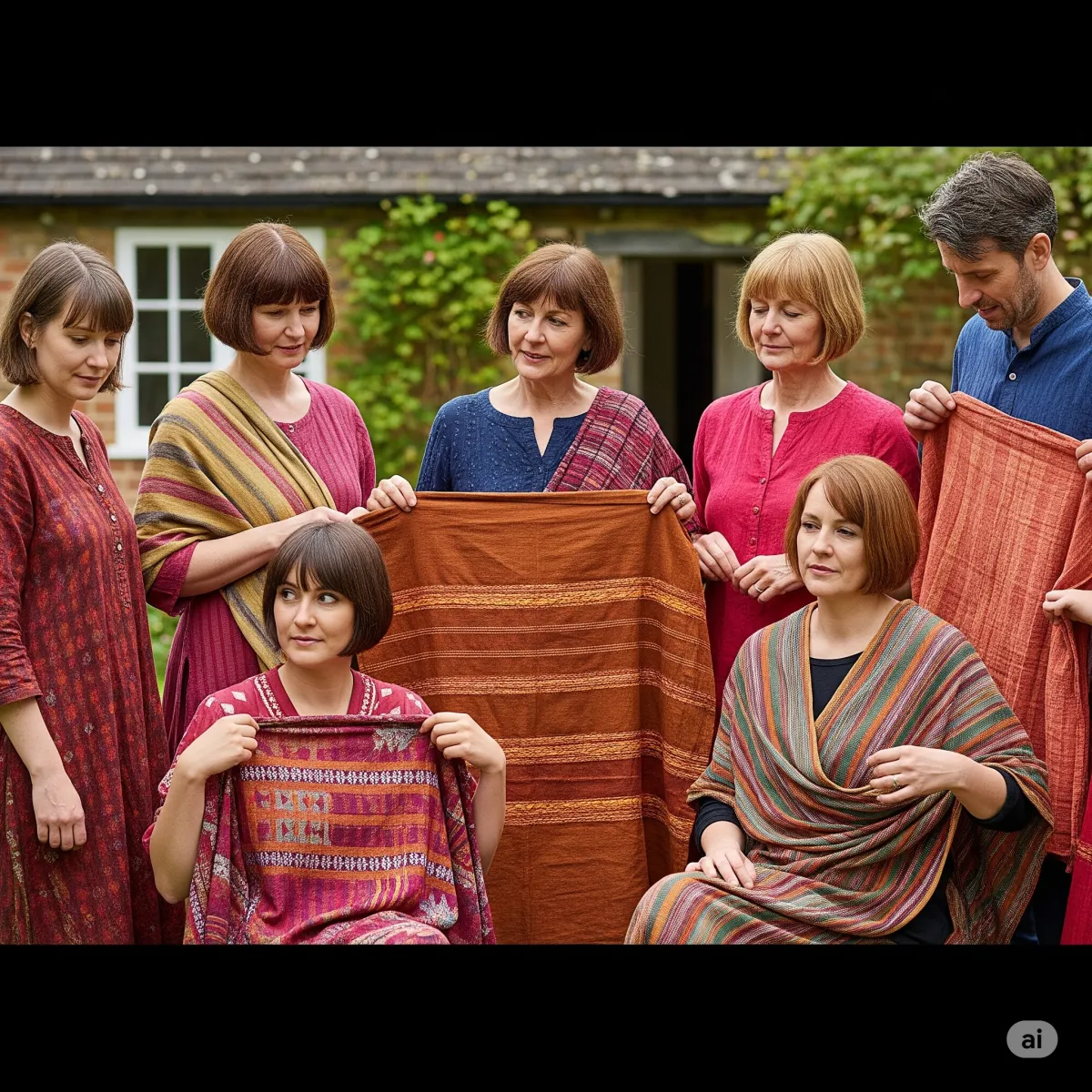A quick guide to selling Indian stationery overseas
The world still buys a lot of pens, books and art kits. Market researchers say the global stationery market was worth about USD 158 billion in 2024 and could jump to USD 238 billion by 2032 – roughly 5 % growth each year. Fortune Business Insights



